E-flows science in the Crocodile River as part of the Incomati Transboundary Basin, southern Africa. Mozambique
Description
Location
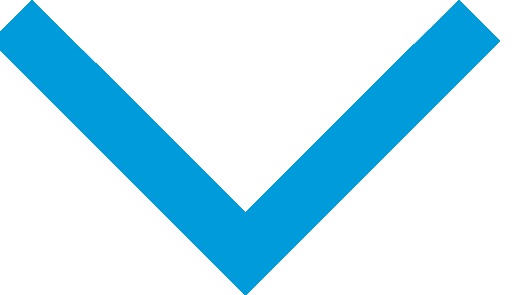
Sketch
Information about lithology/geochemistry:
The site is located on the Crocodile River, one of the three main tributaries of the Incomati Basin. Its is a relatively large (compared to rivers in the basin) perennial river in the lower reaches of the Crocodile River sub-catchment area, instream habitat dominated by alluvial sediments with rocky dykes providing bedrock dominated reaches of the river. While the ecoregion which the site occurs in is characteristic of a low-land river the rocky instream habitats associated with the dykes provides habitat characteristics that are representative of the middle reaches of the river. This diversity of habitats characteristic of lower and middle reaches of the catchment provides for a high diversity of fauna and flora and key ecosystem processes and functions.
Main Description
- Perennial, highly seasonal river site with social and ecological value, located within the Kruger National Park in South Africa, upstream of Mozambique.
Enhance ecohydrological processes in novel ecosystem
YES
Apply complementary Ecohydrological processes in high impacted system
NO
This table presents the different categories of ecosystem services that ecosystem can provide, divided in:
Provisioning Services are ecosystem services that describe the material or energy outputs from ecosystems. They include food, water and other resources.
Regulating Services are the services that ecosystems provide by acting as regulators eg. regulating the quality of air and soil or by providing flood and disease control.
Ecosystem services "that are necessary for the production of all other ecosystem services". These include services such as nutrient recycling, primary production and soil formation.
Cultural Services corresponds nonmaterial benefits people obtain from ecosystems through spiritual enrichment, cognitive development, reflection, recreation, and aesthetic experiences.
EH Principles
Quantification of the hydrological processes at catchment scale and mapping the impacts
Ecological engineering (integration, dual regulation and biotechnologies in catchment scale for enhancement of ecological potential)
ECOHYDROLOGY ENGINEERING SOLUTIONS
We have implemented a range of biomonitoring tools using aquatic and riparian vegetation as ecological indicators and in an adaptive management approach use these tools as indicators to monitor the wellbeing of the instream and riparian ecosystems.
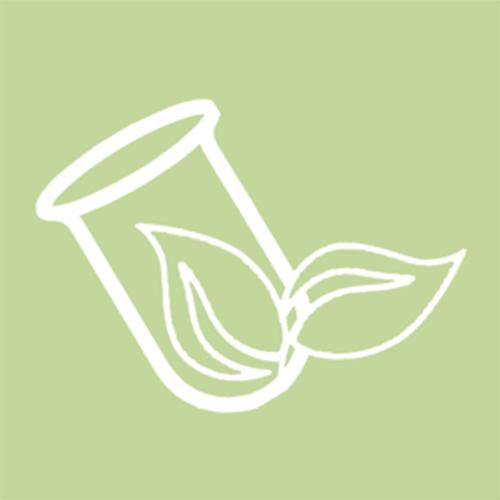 Phytotechnology
Phytotechnology
We have upstream dams, weirs that provide flows to the reach being considered and we have specialist biotechnologies at the site including an ongoing FISHTRAC programme where we are using fish behaviour tracked and evaluated remotely and in real-time to monitor the ecosystem’s response to flow variability. We also have a 2D hydrodynamic model of the reach (Mike 2D model) including a sediment dynamism module to model and monitor the ecological infrastructure of the reach. Stakeholders have attempted to build fish pass structures and ensure they are operational to facilitate fish migration in the river but these structures are not operating adequately. The weir on the Crocodile River has been modified to include a radial gate to manage sediment movement in the river which is controlled to support e-flows.
 Ecohydrological Infrastructure
Ecohydrological Infrastructure
We have established e-flow requirements (including the volume, timing, duration and frequency of flows) for the Crocodile River and complementary water quality and habitat targets or RQOs for the sustainable management of water resources in the river. We have also established tools to monitor flows in the basin.
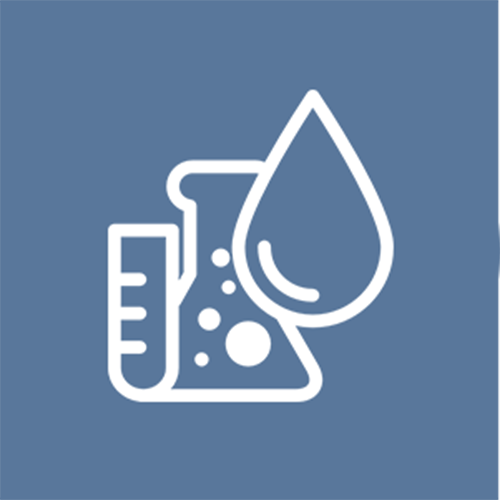 Hydrological Flow
Hydrological Flow
We have also implemented a range of biomonitoring tools using macroinvertebrates and fish as ecological indicators and in an adaptive management approach use these tools as indicators to monitor the wellbeing of the instream ecosystem. This includes supporting tools of lines of evidence (LoEs) to give us a confident understanding of the ecological value of the flows in the river (and non-flow) drivers. This tool is the FISHTRAC LoE which incorporates the use of tagged and tracked fish.
 Faunatechnology
Faunatechnology
Major Issues

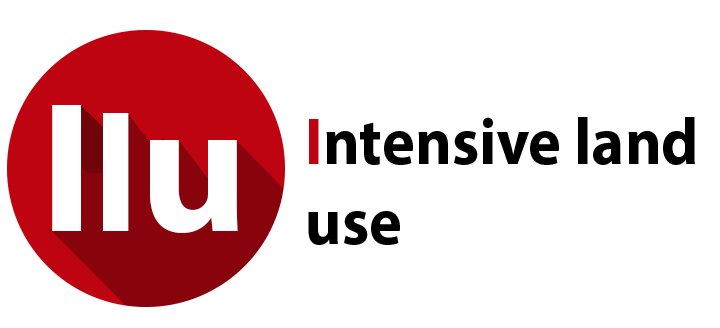





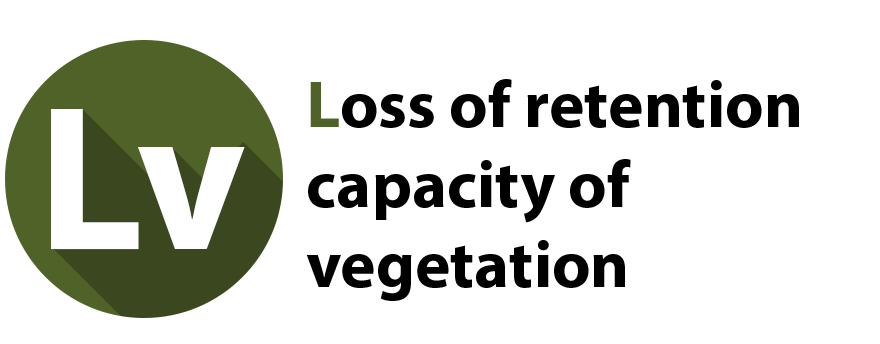


Expected Outcomes
Increased base flows, improved quality of the resource and local and international community wellbeing. Establishment of and buy in of sustainable water resource management policies for the Crocodile River and Incomati Basin.
Latest Results
Contacts
Gordon O’Brien
- gordon.obrien@ump.ac.za
- University of Mpumalanga
Social ecohydrological system
EH Objectives
EH Methodology
Catchment Ecohydrological sub-system
Objectives
Stakeholders
Catchment Sociological sub-system
Activities